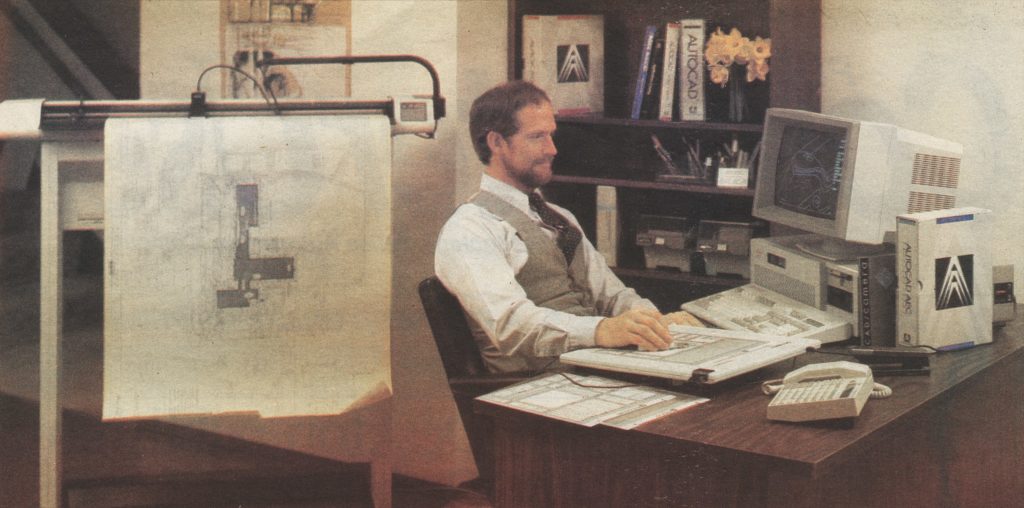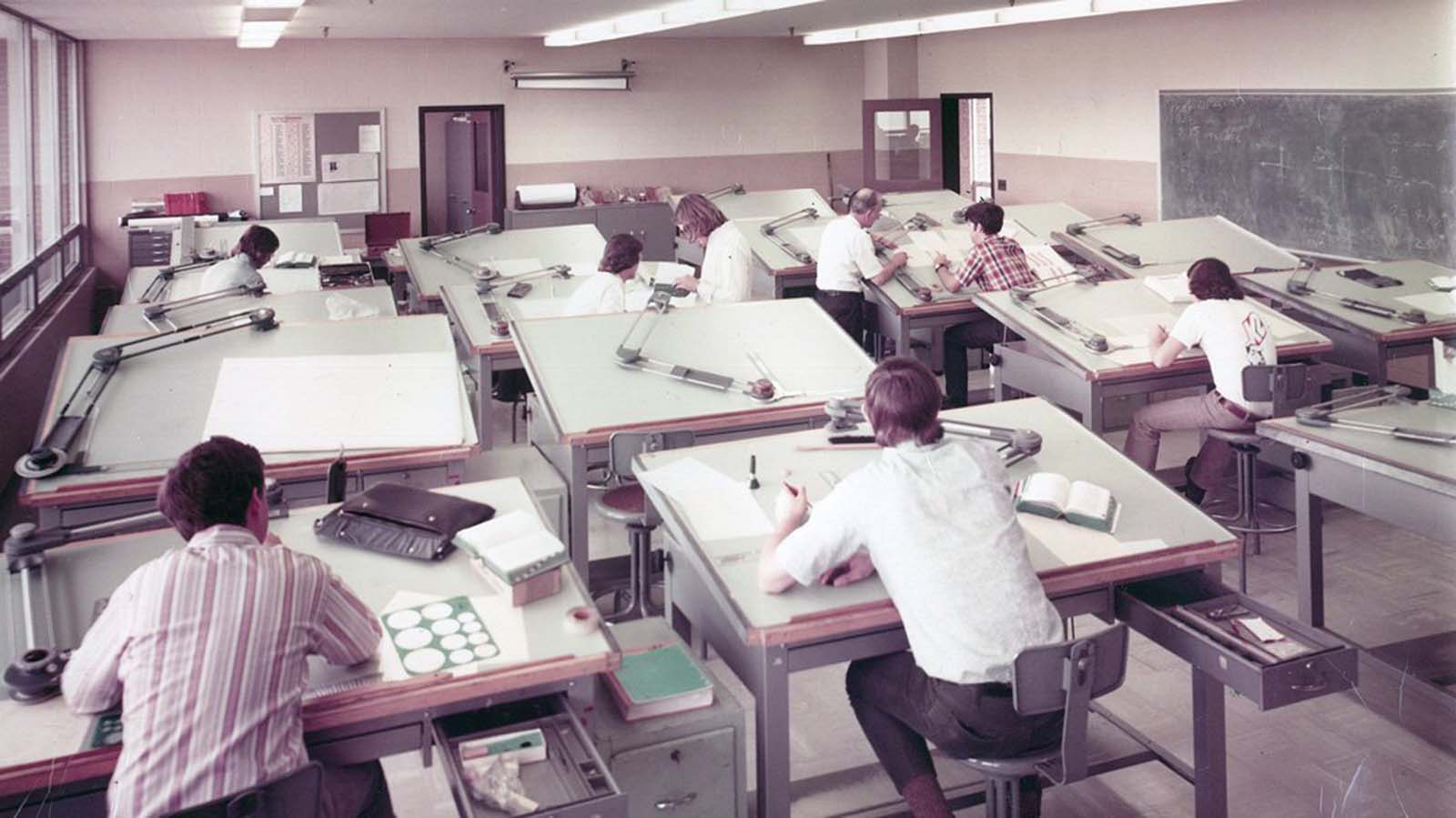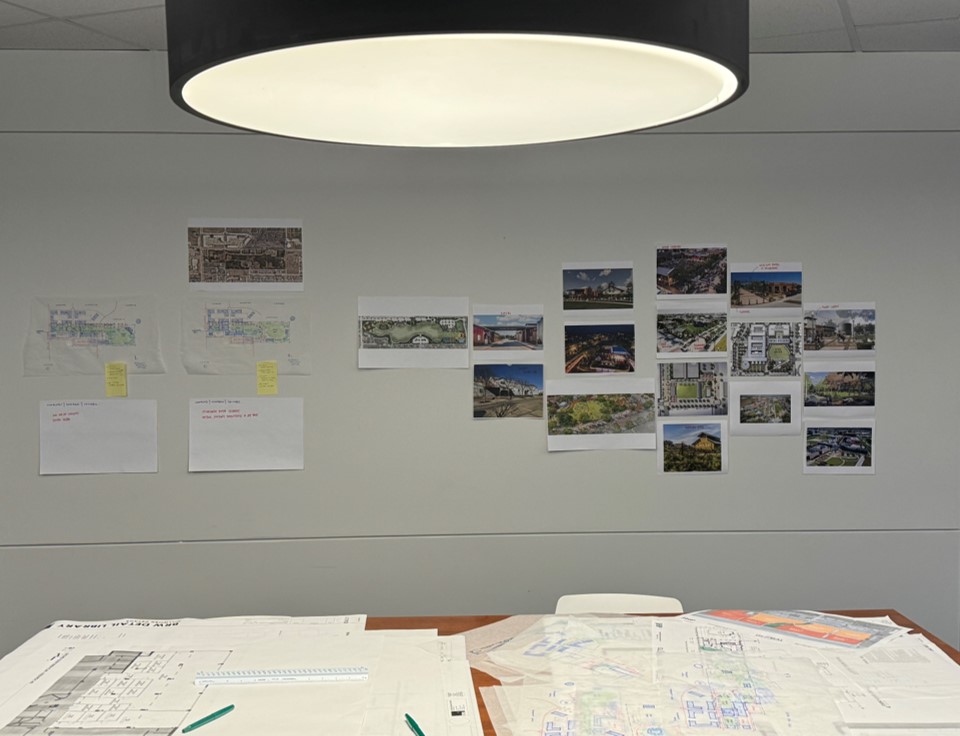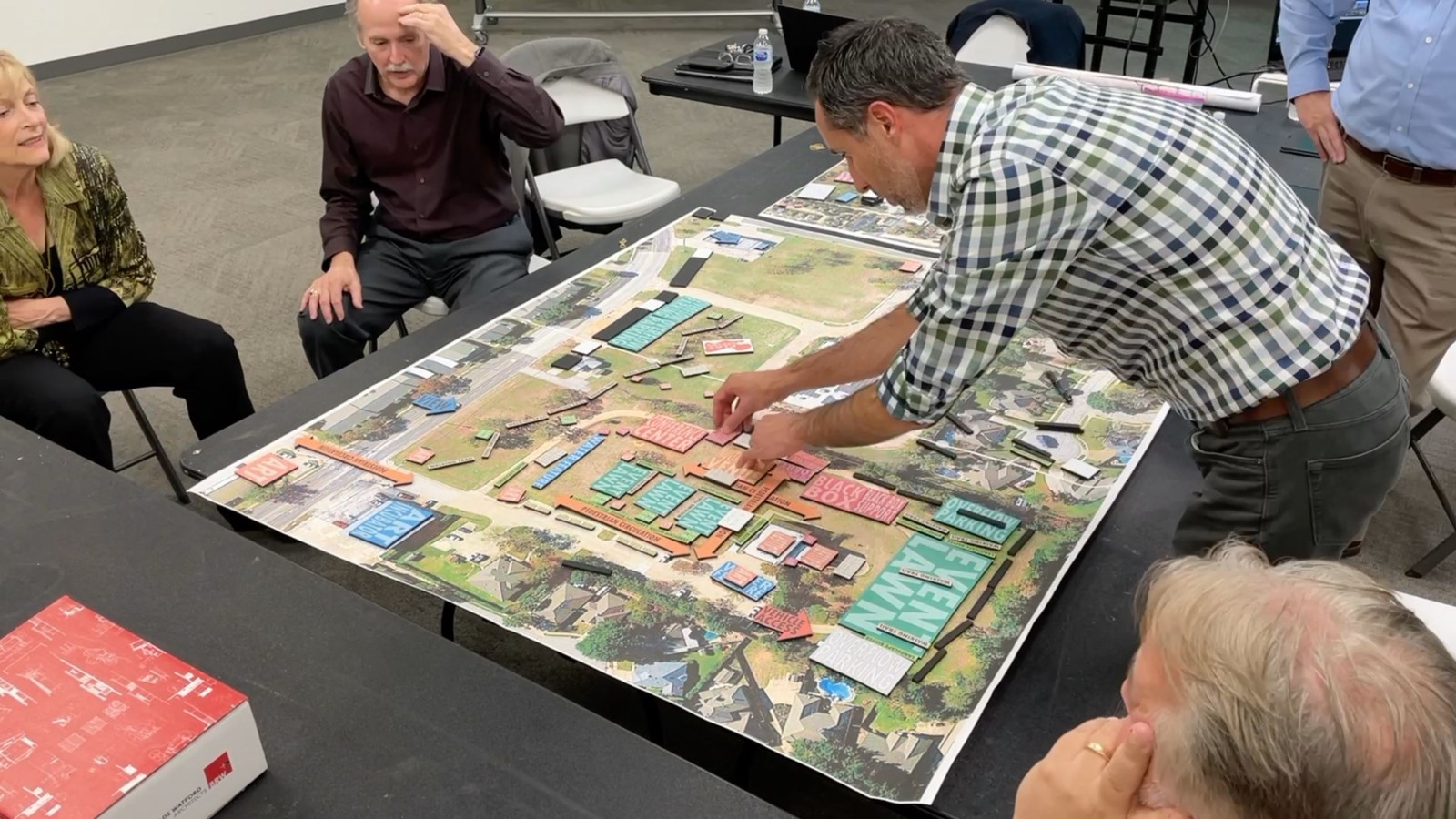The Role of AI in the Design Process
Artificial Intelligence is all around us. Despite its widespread lack of familiarity, the incredible high-speed development of AI technology is transforming every walk of life and touching every corner of society. The topic of AI permeates conversations, headlines, and the very fabric of our digital existence. In essence, AI technology is about teaching machines to think and learn like humans, with the goal of solving problems more efficiently.

By harnessing vast datasets and sophisticated algorithms, AI enhances creativity by generating innovative ideas and exploring diverse design possibilities.
How is AI impacting the AEC industry?
AI in architecture represents a monumental shift in the way we design, plan, and construct the built environment. The fusion of human creativity with machine intelligence will lead to more innovative designs, better-informed decisions, and the potential for more sustainable architecture practices. As we learn more about the capabilities of AI, we can expect the industry to continue evolving, pushing the boundaries of what is achievable.
The Evolution of AI and Its Historical Context
Although it may appear that AI technology emerged suddenly in recent years, its development spans back to the mid-20th century. Early computer scientists devised problem-solving algorithms that modeled human logic to solve problems a long time ago. Progress was impeded for many decades due to lack of funding for research and by technological limitations in computer storage and processing speed. Advancements in computer technology now align to fully support the advancement and rapid rise of AI.
Historically, humanity has been shaped by successive waves of technological advances. Breakthrough innovations and technology have always followed a similar trajectory: they were valuable, became widespread, and were eventually absorbed into daily life. AI is no different from this natural pattern.
Even the architecture industry has experienced technology revolutions over time. Originally highly skilled manual drafting was the standard, which has since been replaced by computer based drafting. In 1982, AutoCAD disrupted and transformed the architectural industry, leading the transition from hand drafting by introducing computer-aided design. The transition from CAD to BIM (Building Information Modeling) revolutionized the industry once again. BIM goes beyond what CAD achieved by integrating data into three-dimensional models, offering a comprehensive view of a building’s lifecycle through the design process. This integration improves planning, execution, and project management. Although BIM is the current industry standard, AI aided design is the future.
Ethical Considerations and the Future of AI in the AEC Industry
As we delve into the future of our industry, ethical considerations surrounding AI dominate current discourse. The debate over whether AI is inherently good or bad remains unsettled. Nonetheless, AI is now a reality, and our focus must be on using it responsibly. It’s evident that while AI technology still has much room for growth, it primarily enhances our creativity rather than replacing it. Therefore, we should approach AI in the AEC industry like any other technological advancement: as a tool that empowers us to deliver superior designs.
Image Credit Top: https://rarehistoricalphotos.com
Image Credit Bottom: https://architizer.com



Exploring AI’s Role in Modern Design Practices
AI plays a multifaceted role in modern design practices, revolutionizing the creative process in several crucial ways. By harnessing vast datasets and sophisticated algorithms, AI enhances creativity by generating innovative ideas and exploring diverse design possibilities. Streamlining workflows through automation, AI frees designers from repetitive tasks, allowing for a deeper focus on creativity and strategic decision-making.


Additionally, AI’s predictive modeling capabilities optimize design performance, assessing factors like energy efficiency, wind resistance, structural integrity, and environmental impact to foster more sustainable outcomes. Facilitating seamless collaboration across multidisciplinary teams, AI-powered tools enhance communication, data sharing, and project coordination throughout all stages of design and construction. AI can analyze user behavior and preferences to tailor designs to meet specific client needs effectively. Ultimately, AI serves as a transformative tool that not only boosts creativity but also empowers designers with data-driven insights, fostering informed decision-making across the entire design lifecycle, from inception through construction to post-occupancy evaluation.
As technology rapidly evolves, the integration of AI in architecture is an inevitable future. We eagerly anticipate how architects will leverage AI to optimize design processes, enhance efficiency and quality, and foster greater creativity.
Image Credit Cover: https://economictimes.indiatimes.com/
*Additional Images Created with AI generated prompts